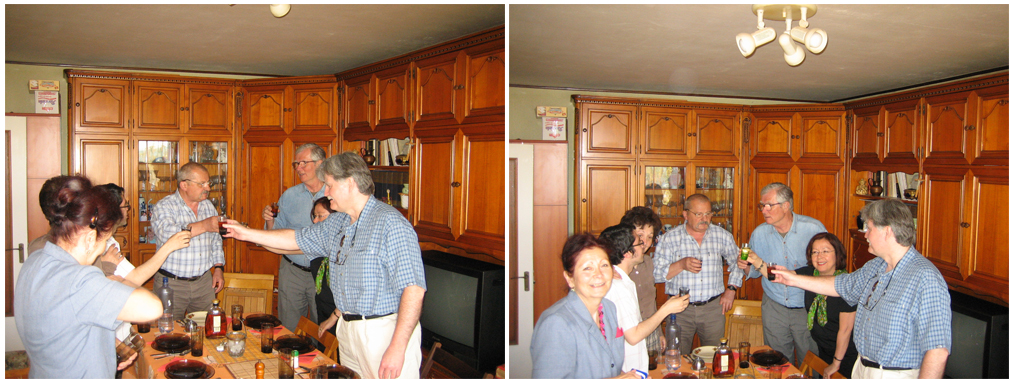
Transylvania is a peculiar place, mainly because it's a region with a huge question mark over its head. From the late 800s until the 20th century, Transylvania was, more often than not, a coveted piece of land, but a territory protected within vast Hungarian borders, with occasional incursions by Turks, Austrians and Russians. Such is not the case any longer. Apart from a brief period during WWII, Transylvania has been under the control of Romania since the end of WWI, and Hungarians there have had to fight (but thankfully not kill, or die) for the retention and visibility of their culture.

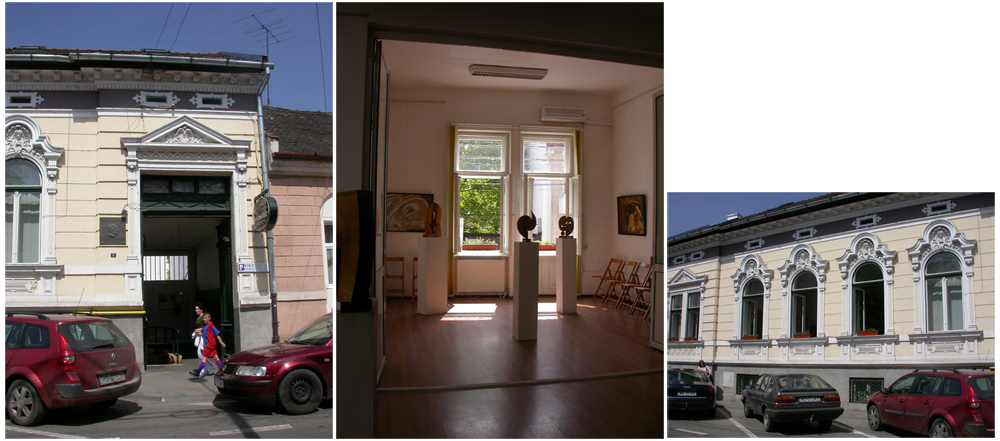
The houses where my father and mother grew up respectively...no longer in family hands.
We once lived in the majority, but our numbers have dwindled to about one-third of the Transylvanian population, and while places like Vasarhely remain 40/40 (the remaining 20% are made up by Gypsies, Germans, Serbs and Croats), it's still dominated by Romanian language and culture. My family represents three generations of Hungarians who lived through the Romanianization of their birth names, schools and workplaces, and life there is not easy for them.

Vasarhely is small, and like Kingston, it's a university town, rife with contradictions. It's architectural makeup is split between Hungarian turn-of-the-century style and Romanian Communist utilitarian structures. It's a vat of varying tastes, with urbanity and renewal as the fine extract, and ruralism and decay in the swill. On the pallet sits an aftertaste of diesel fuel.
There are few riches to acquire, and those who have them hoard them. Beautification and renewal are only concepts there, and even then, they're scarcely considered. There's garbage and dirt everywhere, especially in public parks.
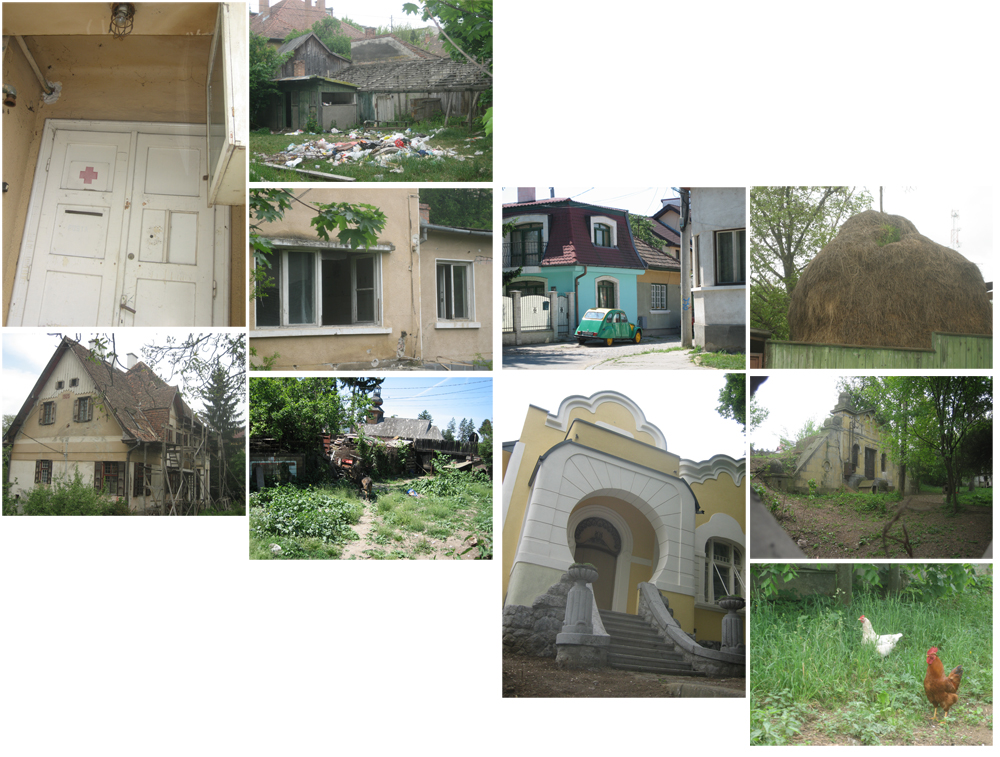
The sky is either pleasantly bright, or terrifyingly dark.

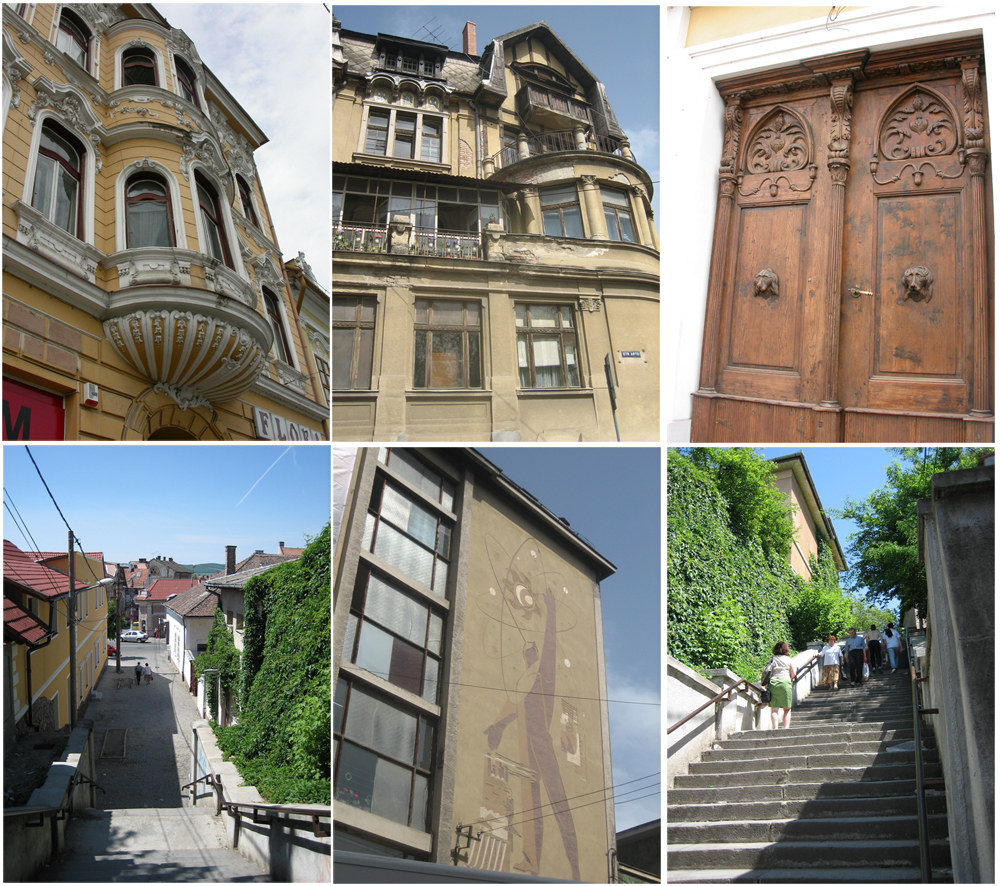
Death is a prevalent theme. Among many graveyards is the Soviet Heroes park, up on the Trebely, a hill surrounding the city. My father used to play there as a child, now it's "buried in the weeds", as one travel writer once wrote.
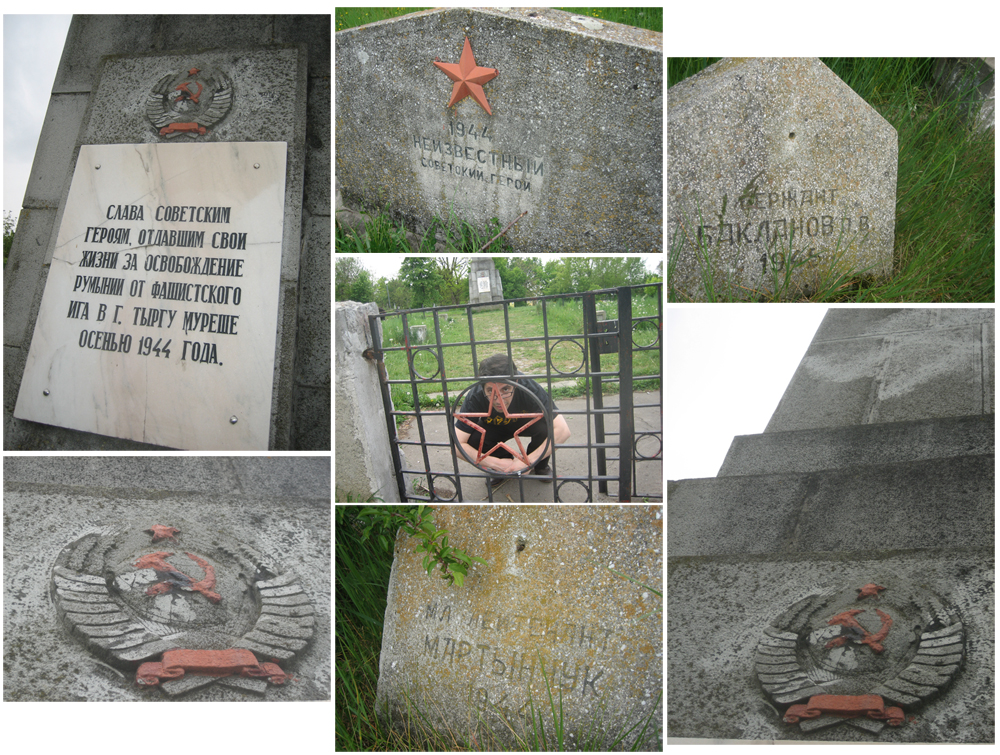
Segeant Baklanov, Lieutenant Martinchuk, and other Soviet Heroes lie in rest, while the hammer-and-sickle stones are blacked out and replaced with swasztikas.
In WWII, the German/Hungarian/Romanian forces fought against the Soviets on these hills, and then the Romanians switched sides in 1944. Romania was under communist control until 1989, after which all efforts to maintain memorials to Soviet victories ceased. Romanian graves, however, are kept up nicely, while there are absolutely no commemorations to Hungarians who died in the war.
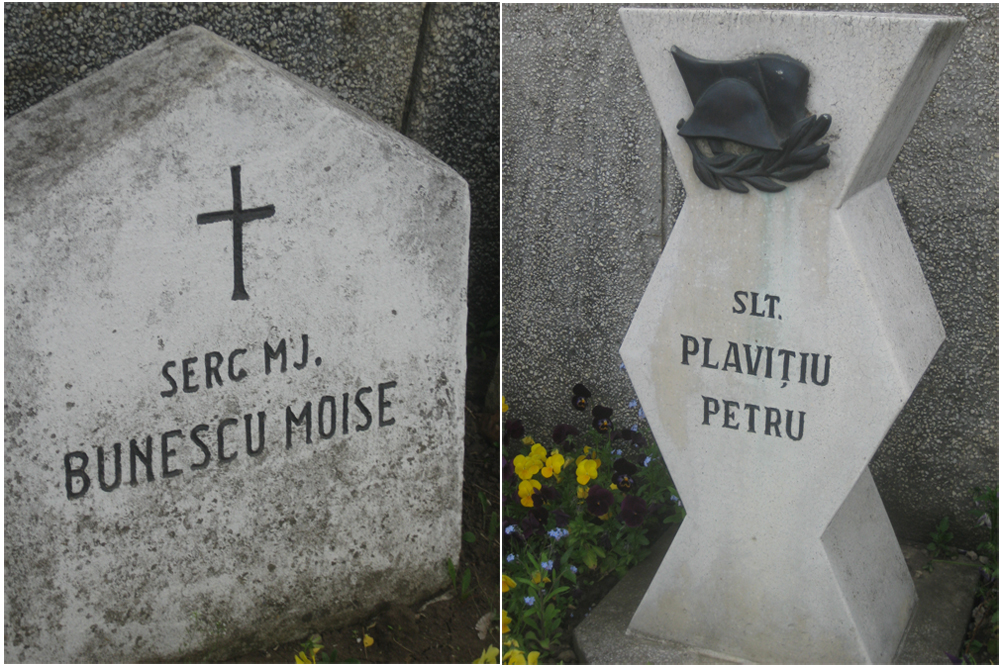
Crosses for before the switch, when they were fascists, and of course, Soviet heroes for afterwards.
More posts from the Transylvania trip to follow over the next few days.
